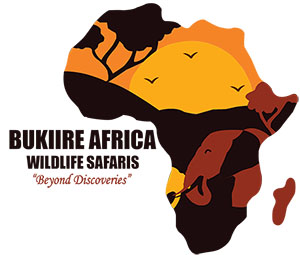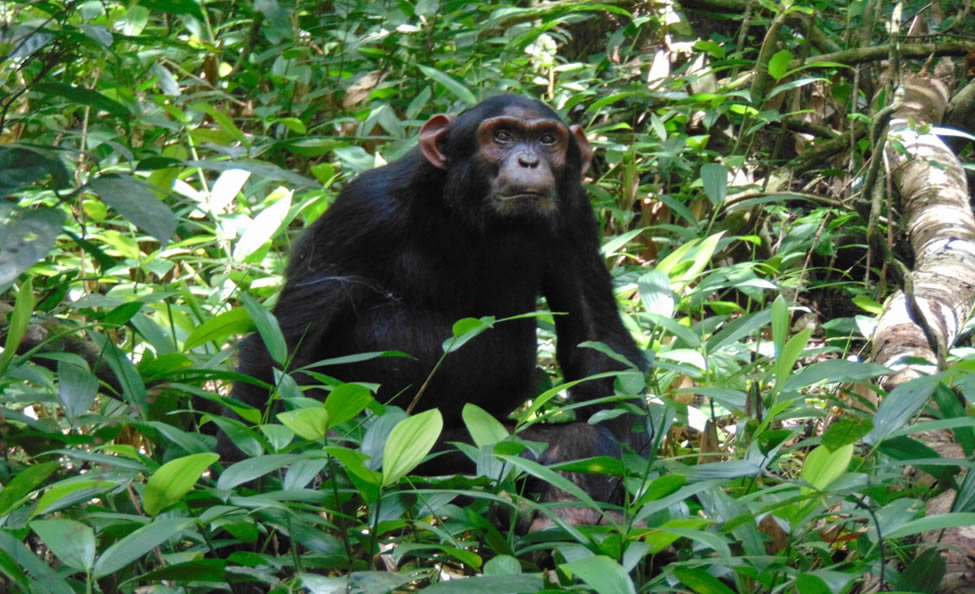Queen Elizabeth National Park
History of Park
Located in south western part of Uganda, whose boundaries are shared with other parks like Virunga National Park of congo and Kibale forest National Park. The interconnection of the parks facilitates the movement of wildlife from one park to the other hence creating a Bio Corridor.
The Park was gazzetted in 1952 under the names of Kazinga National Park before being renamed to Queen Elizabeth National Park in 1954. This was in commemoration of Queen Elizabeth II visit In the Park.
It covers an area of 1978 kilometers squared, ranking it the second largest park in Uganda after Murchison Falls National Park.
It is home to 95 mammal species and the highest number of birds in Uganda which is an average of 612 species. The conducive habitat ranging from the savannah grass land, woodland, Tropical rainforests and wetlands significantly influenced their existence in higher numbers.
Attractions of Queen Elizabeth National Park
The tree climbing lions
In the southern part of the park, game safaris are always concentrated on searching for the tree climbing lions. It is a unique behavior that is rarely sighted in other parks. Prides of Lions can be seen in the branches of fig trees relaxing. This normally occurs during the afternoon when it’s hot. They have adopted to climbing in fig trees so as to have a better shade, cool breeze, sight at the far horizon and running away from flies on ground.
Boat cruise at Kazinga Channel
The boat cruise in Queen Elizabeth National Park is famously known for the abundance of wildlife along the shores of the channel. Animals like buffalos, Herds of Elephants, Hippos, Crocodiles and bird species like Kingfishers, Eagles, cormorants, storks and many others can be sighted at a closer range too.
Some cruises are public while others private depending on the wish of the clients.
Nature walks
Protected by Armed Rangers, Nature walks are carried out in different areas of the park like Kyambura gorge, Mweya Peninsula and imaramagambo forest among other places. During the activity, wildlife expected to be encountered are primate species like black and white colobus monkeys, Red Tailed monkeys, Vervet monkeys, animals like Elephants, Hippos, Buffalos, Waterbucks and a variety of colorful bird species. The activity draws you closer to nature like never before! You experience details of wildlife around you and appreciate the fresh breeze and sounds of nature. Wildlife is encountered up close and personal!
Chimpanzee tracking
Kyambura Gorge, a 16 kilometers long and over 100 feet beneath gorge, their lies a forest in which one of the inhabitants are the chimpanzees. A river crosses through the gorge and inhabits crocodiles, Hippos, Buffalos and Elephants as some of the residents of the forest. The uniqueness of tracking chimpanzees in this little known but magical forest is that you encounter a variety of wildlife as mentioned above and other primate species like Black and white colobus monkeys, vervet, red tailed and the scenic views of the gorge! The gorge ranks among the “must do” activities during the visit in the park.
Bird Watching
With the population of bird species within the park for which it ranks as the first in Uganda, it’s without doubt a bird haven for bird watchers. An average of 612 bird species is no match for any park within the country. Savannah, Tropical forest and wetland birds are among the inhabitants of Queen Elizabeth National Park. A number of migratory birds find their way to the park in big flocks hence boosting the population increase of species as mentioned. The Intra-African and Palearctic birds however, are seasonal birds that find their way to the park due to either scarcity of food or bad weather in the countries of origin. Some fly from as far as Europe and other African countries. Some of the Palearctic birds are the Terns, Bee eaters and Gulls among others while for the Intra African migrants are the African skimmers, Flamingos among others.
Volcanic crater exploration
The park is well known for the scenic landscapes attributed to the existence of enormous volcanic explosion craters in different regions. Some of the craters are dry while others wet. In the areas of dry craters, the scenic views of different vegetation covers or zones within the same area live you speechless on how it’s possible to have different patches of forests in the craters surrounded by the endless savanna plains! When you almost thought that it can’t get better than what you have already witnessed, the wet craters (crater lakes) are mind blowing! Queen Elizabeth National Park crater lakes are regarded as some of the most beautiful lakes in the world. Lake Kamengo stands out as one of the top ten! Salt lakes like Katwe, Bunyampaka and Nyamununka are among the crater lakes within the park.
Lake Katwe
It is the largest salt lake in Uganda that has served the local people and the rest of the country for centuries. The salt is harvested by use of local methods for which salt crystals and salt rock particles are produced. In the production of salt crystals, Salt ponds are created to trap salty water so that when the sun heats, evaporation takes place hence a salt cream is created. The salt cream is ploughed off depending on the thickness and piled. The process is repeated daily so as to increase productivity. Salt harvesting is seasonal and the production is at its highest peak during the dry season. The same method is used in Bunyampaka salt lake. Nyamununka crater has no salt mining activity carried out because of high concentration of sulphur. However some animals like buffalos can be sighted at the lake wallowing in the salty mud trying to heal themselves from self-inflicted wounds.



